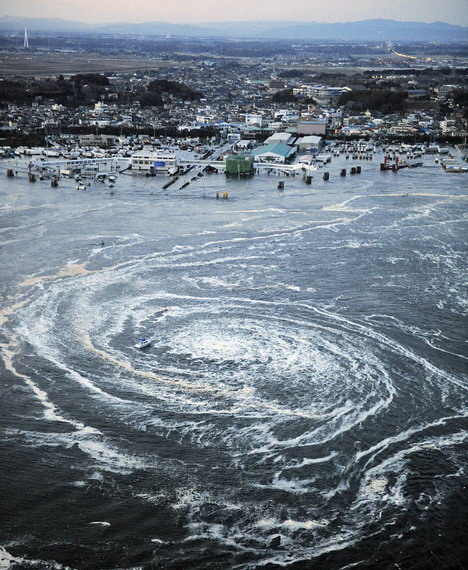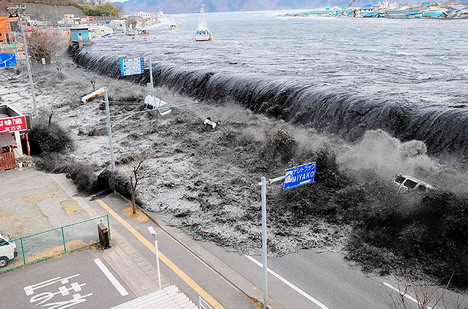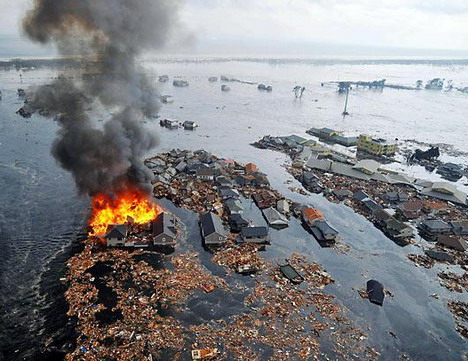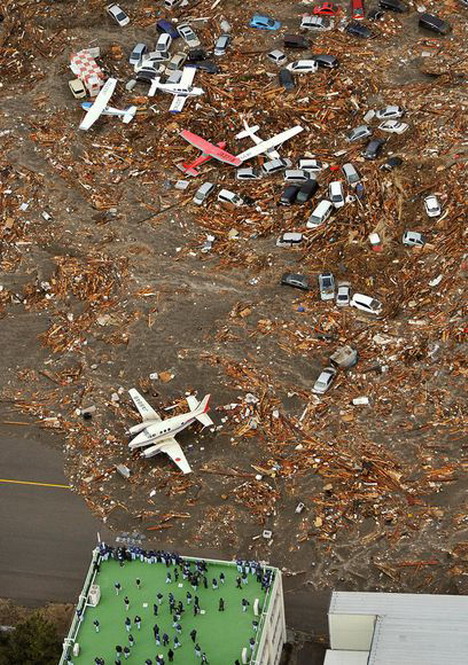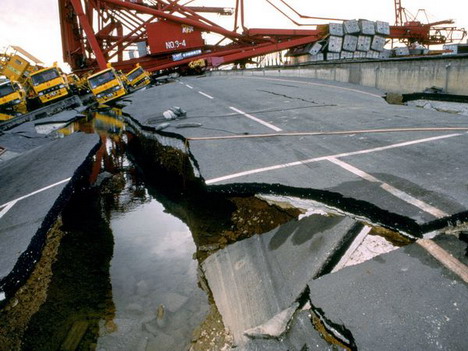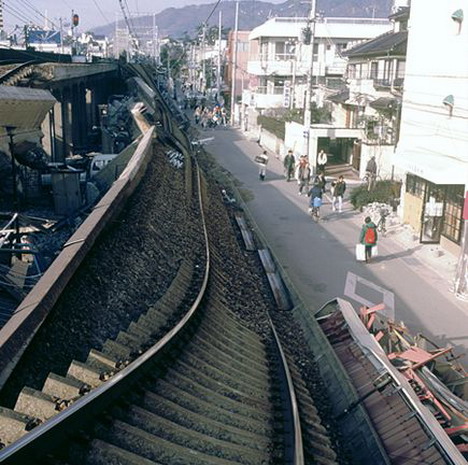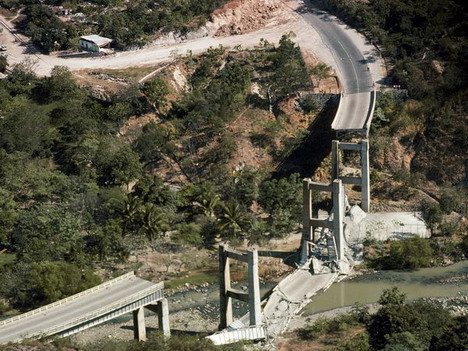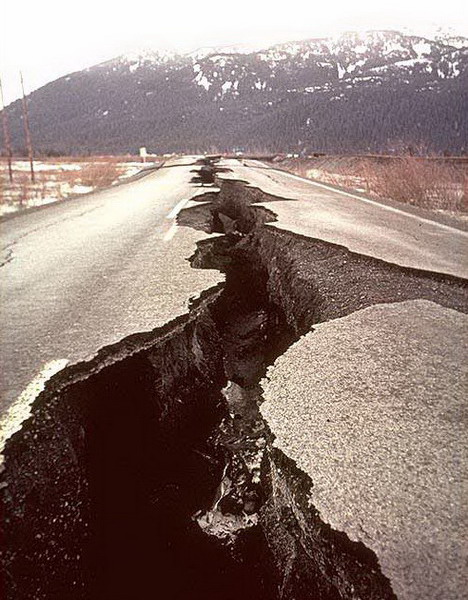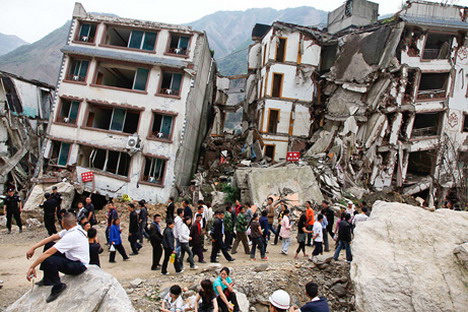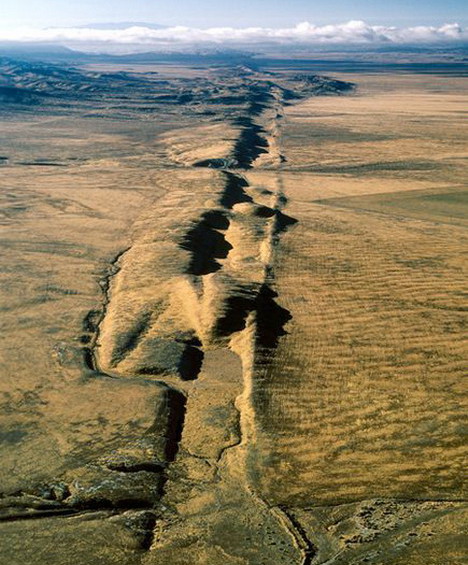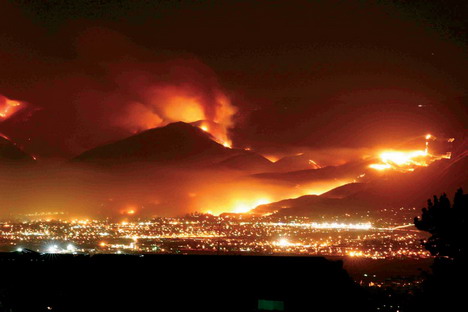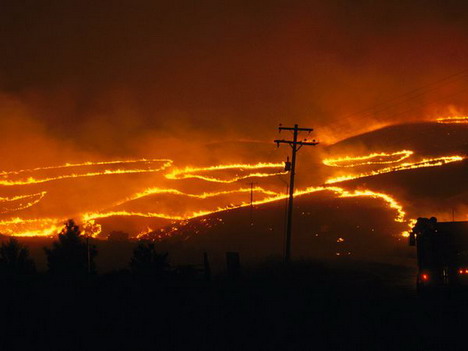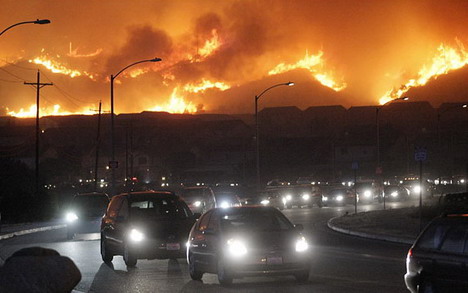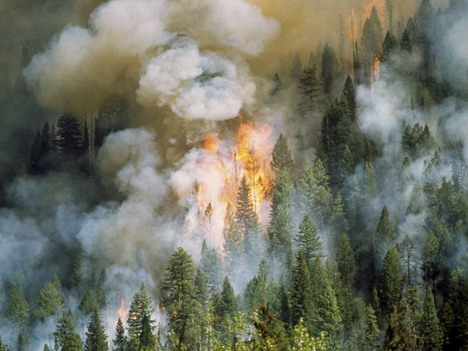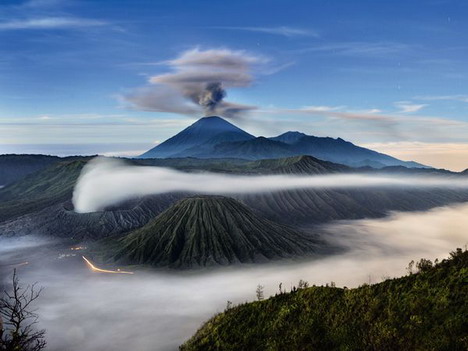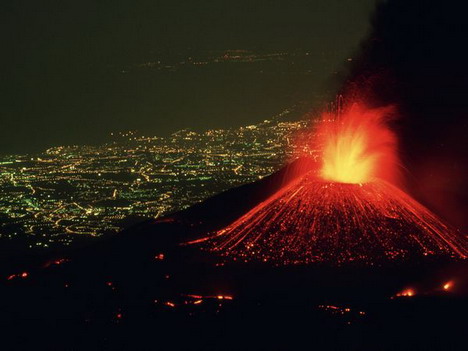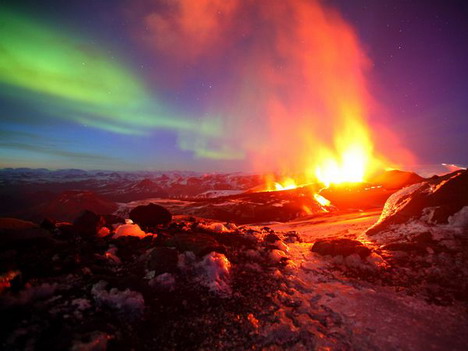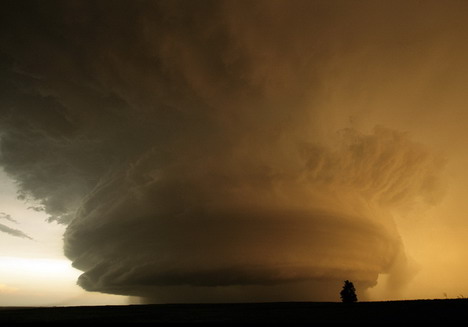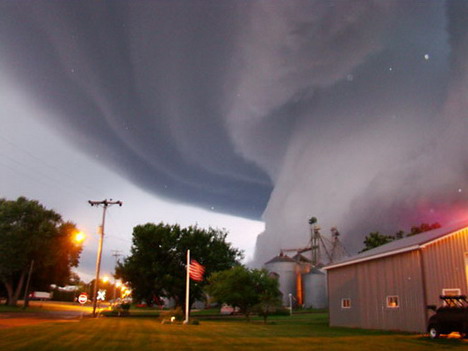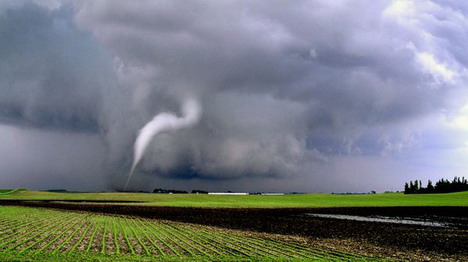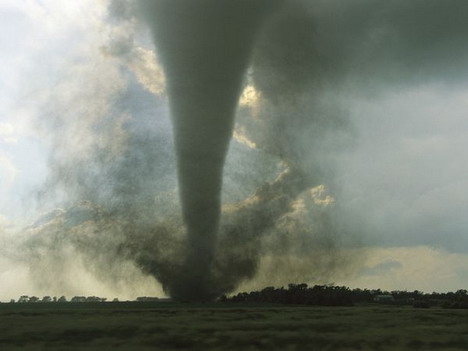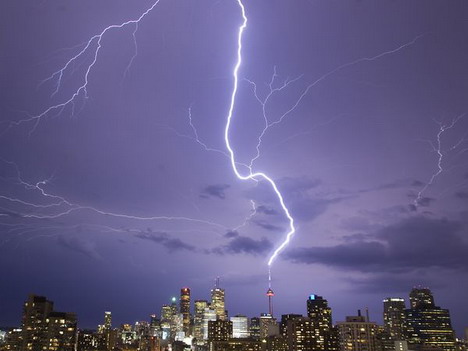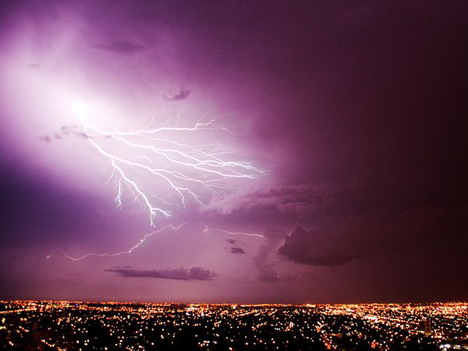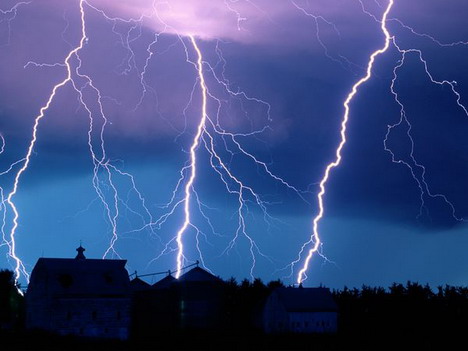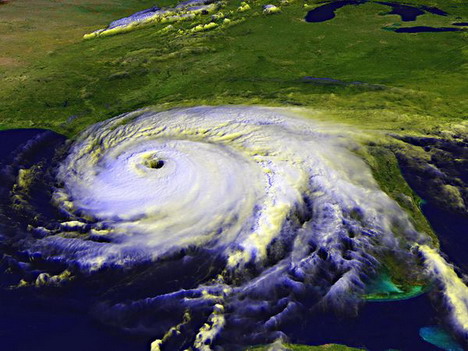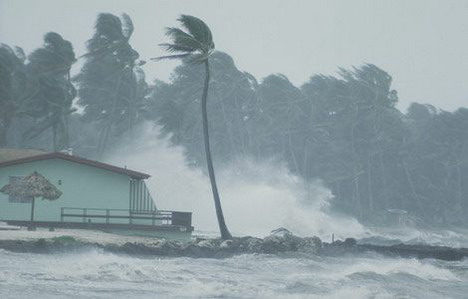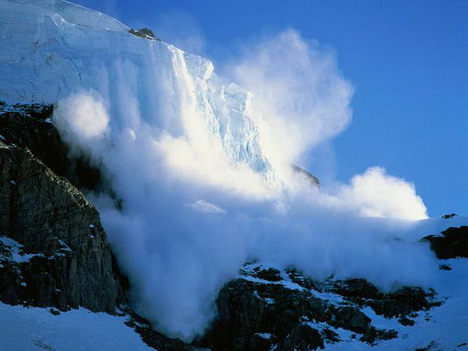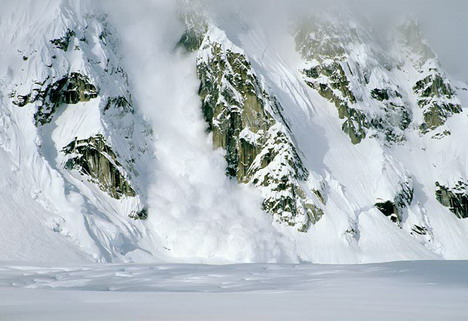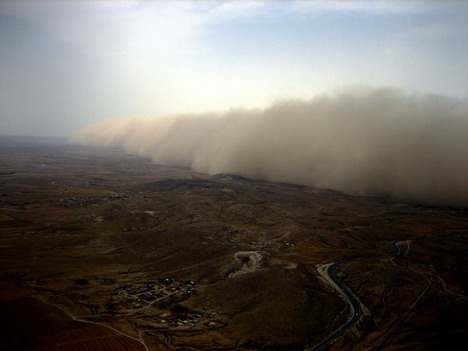A thermostat is an appliance that regulates the temperature of a system so that the temperature of that system is kept at a particular desired temperature. This desired temperature is described as the 'set point' temperature. The thermostat operates by turning heating devices on or off, to maintain the temperature of a fluid at the set point temperature. The 'main' thermostat refers to the thermostat in a heating system that possesses only one thermostat.
Technological Sensor Methods
- One of the key principles of a main thermostat, and indeed any thermostat, is the technological method by which the thermostat senses the ambient temperature. There are two main techniques by which thermostats can sense their surrounding temperature. These are bimetallic sensors and electronic thermistors. Bimetallic sensors use a strip of two metals joined together that have slightly different expansion rates in response to heat, this results in a bending of the bimetallic strip that can be used to break an electrical circuit at high enough temperatures. Electronic thermistors are an electronic component that increases its electrical resistance with increasing temperature, and as such can be used to break a circuit when a particular temperature is reached.
Feedback
- Thermostats are based on the principle of feedback. The thermistor controls the output of a heating system. The heating system heats a fluid. When the fluid reaches a certain temperature it triggers the thermostat to reduce the heat output, usually by simply switching off the heating system. When the heating system is switched off the temperature of the fluid falls until the thermistor reactivates the heating system. This type of control system is called 'negative feedback' and is a key principle in the design of the main thermostat in many central heating systems.
Digital or Analogue
- Another key principle of main thermostats is whether they are digital or analogue. This key principle of main thermostats is based around the idea that some thermostats work simply by turning a heating system on or off when a particular temperature is reached or constantly adjusting the heat output of the heating system across a range of possible outputs. The former are digital thermostats and the latter are analogue thermostats.
Location
- A key principle of the main thermostat, when that thermostat is controlling a central heating system in your house, is its location in your house. If a main thermostat is poorly located it can lead to high levels of energy inefficiency and poor heating patterns. In a small house a sensible place for the location of a main thermostat is on the staircase or upstairs landing.

